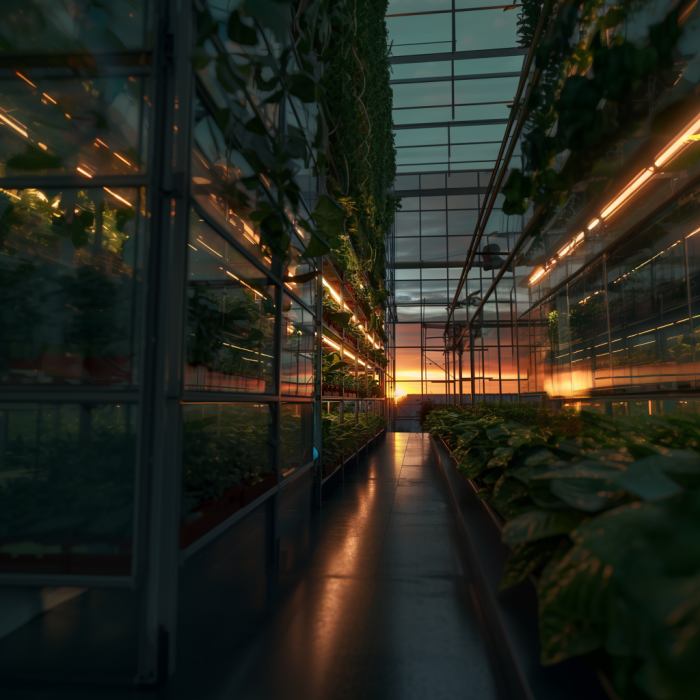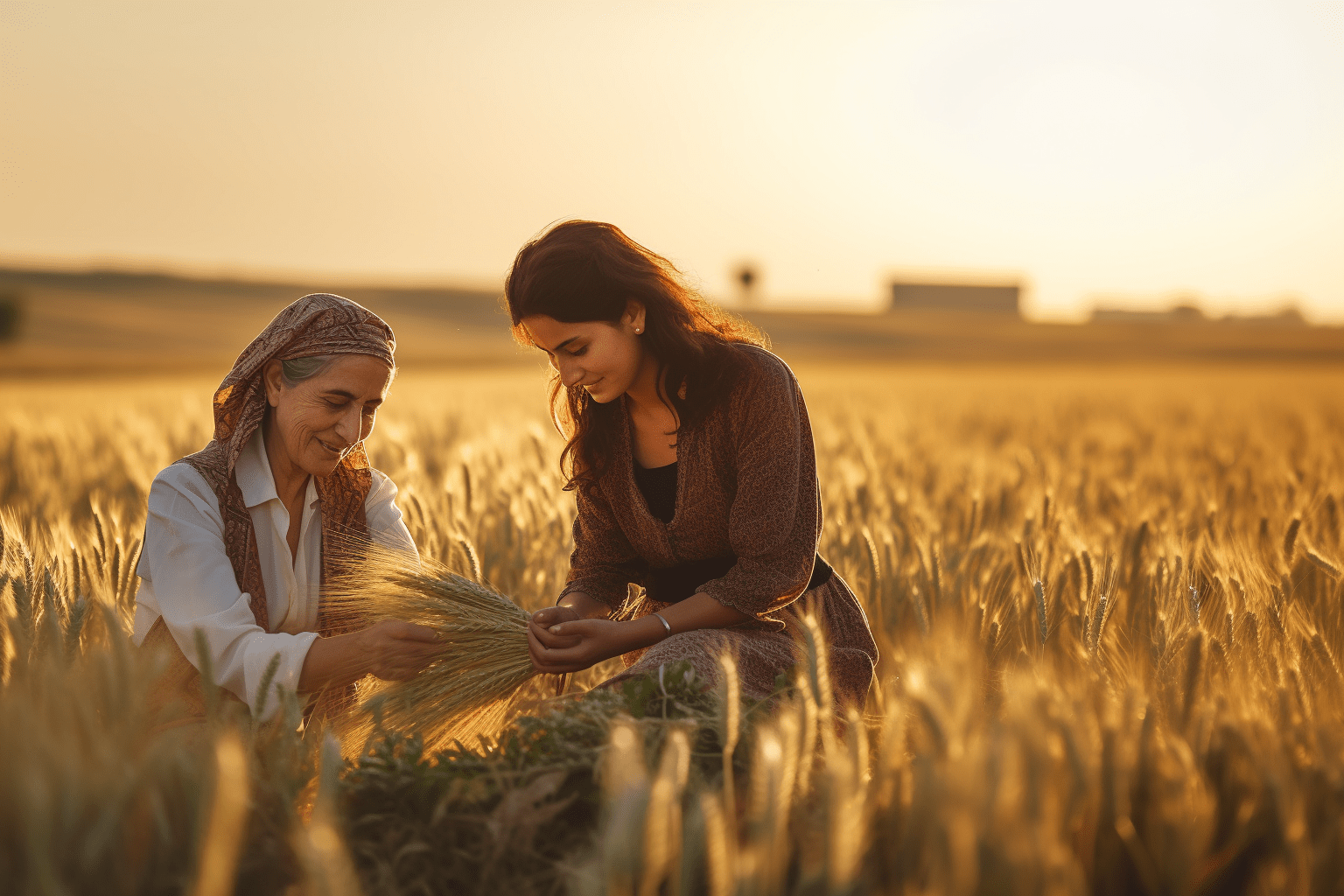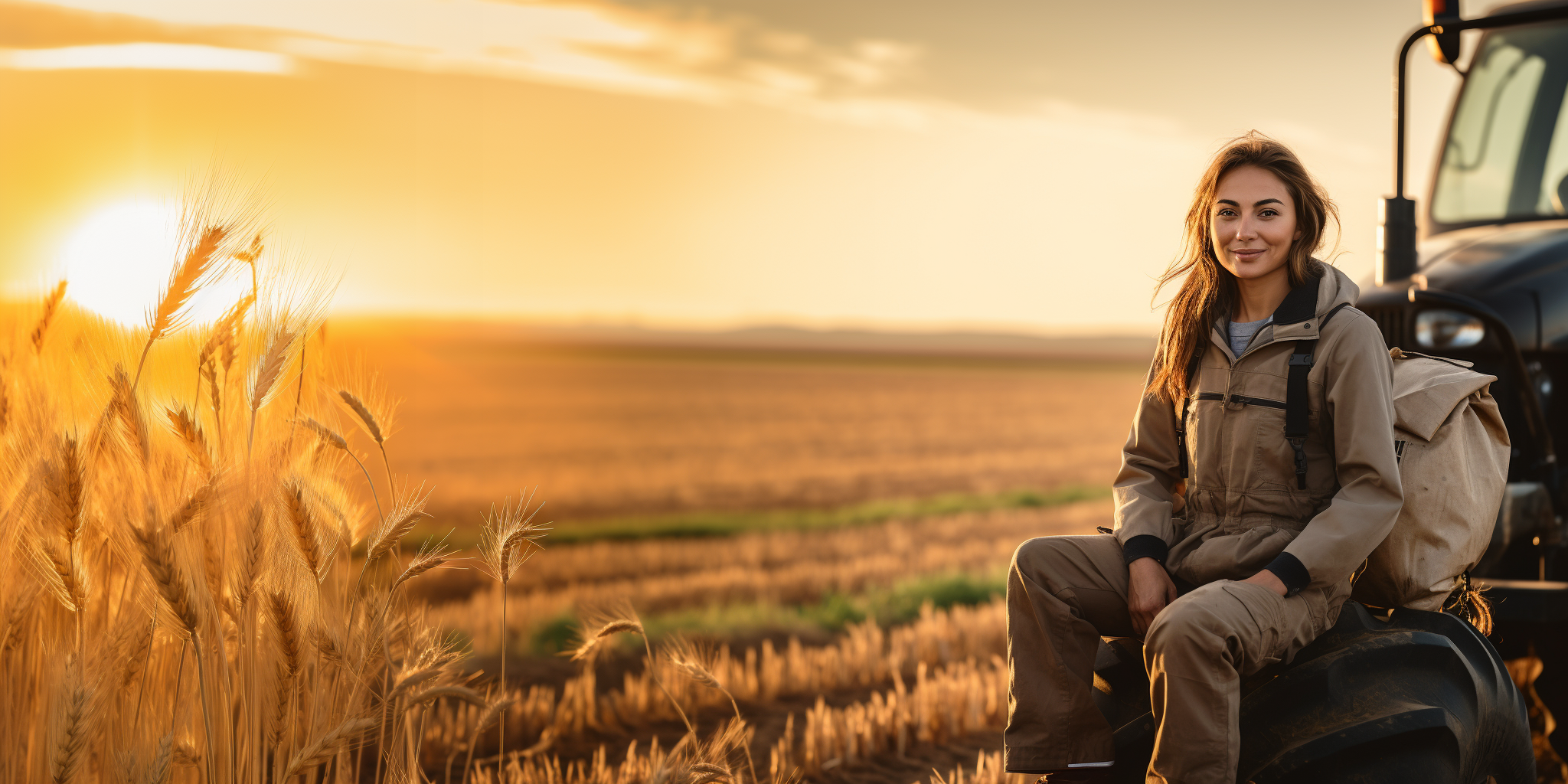- Home
- Following the Soil
- FROM AGRICULTURAL REVOLUTION TO REVOLUTION IN AGRICULTURE
FROM AGRICULTURAL REVOLUTION TO REVOLUTION IN AGRICULTURE

The agricultural revolution was one of the most important turning points in the history of civilization. Today, we are witnessing revolutionary developments that are shaping the future of agriculture. One of these is vertical farming practices that move production to closed areas...
The fact that humanity left hunting and gathering behind, settled down and built permanent living spaces for itself, produced the food that would sustain its existence with its own hands, stored this food for future use, and the population increase brought about by all of this caused such a great transformation in the history of civilization that today we call these developments the “agricultural revolution”. It is possible to say that the effects of technological advances in the current century will create a “revolution in agriculture”.
The transformations called “agriculture 4.0” by adapting the expression industry 4.0, which is used to describe the increase in productivity and real-time decision-making processes in the industry through digital transformation, to the agricultural sector open the door to developments that will mark the future of agriculture. These developments are expected to mitigate the negative effects of processes such as the increase in the world population, climate change and the destruction of natural resources on agriculture. Indeed, the world population is expected to reach 9.7 billion by 2050, it is pointed out that the world's water resources will be well below the amount needed by 2030, and it is emphasized that land suitable for agriculture will become increasingly insufficient. All this reveals the urgent need for digital transformation steps that will make agriculture sustainable.
Transformation of agriculture
This transformation refers to the integration of drones, robots, GPS and similar technologies into agricultural production processes. In this way, new production techniques can be developed, techniques to ensure the sustainability of the food chain can be used, and productivity can be increased through the use of advanced data analysis applications. With real-time measurements, decisions regarding the production process become more effective and less risk is taken. Although the dimensions of the positive impact of digital transformation on the agricultural sector are predicted, the world is still at the beginning of this transformation. According to a report by McKinsey, only a quarter of agricultural farms in the US can use internet-connected devices, and very few are equipped to analyze the data obtained. By 2030, nearly 80 percent of the world's rural areas will have access to the internet, and the report points out that investments should be made to integrate digital technologies into agriculture simultaneously with the development of infrastructure.
Examples of digital transformation
The transformation in agriculture with digitalization includes many applications that will make the production process more efficient, sustainable and economical. One of the main examples of these applications is the widespread use of self-propelled vehicles in agriculture, just like in many other fields. Supported by cameras with GPS, these vehicles aim to reduce human errors, make the planting process more efficient, collect the necessary information about the soil and seed thanks to receivers, and reduce resource use while increasing productivity. Another application shaping the future of agriculture is the use of drones. Drones, which can determine the irrigation needs of the soil, monitor the development of the crop and perform soil analysis, can also effectively ensure the planting process. Nanotechnology applications, which enable the development of many new devices, can be integrated into agricultural production in various ways. Nanosensors can detect crop diseases and assess soil quality, while the use of nanoproducts is used to increase productivity in agriculture.
Vertical agriculture applications
In many countries around the world, vertical farming practices are already enabling the utilization of areas that would not normally be used for agricultural production. It is emphasized that vertical farming practices, which use much less water in the production process, will be especially advantageous for regions where access to water is difficult, the climate is unfavorable for agricultural production and fresh food is not accessible.
Today of vertical agriculture
There are already examples of vertical farming in the United States, Japan, China, Singapore, France, Germany, Kuwait, the United Arab Emirates and many other countries around the world. For example, a vertical farm in Nara, Japan, grows 30,000 lettuces a day. In the US, there are reportedly more than 2,000 vertical farms as of 2019.
OUR FUTURE DEPENDS ON AGRICULTURE

AHMET AKBULUT | IGSAS R&D UNIT MANAGER
İGSAŞ's innovative work on agriculture continues within the framework of the Smart Agriculture Project carried out at the R&D Center. Cemre and Toygar were developed as prototypes and their names were registered. Our application for the Toygar field robot, which has the ability to monitor plant growth in large agricultural lands, irrigation detection, plant disease detection, leaf and soil sampling, soil analysis, and pest detection activities, was accepted by the Turkish Patent Office. The Cemre aerial vehicle was developed for activities such as plant development monitoring, irrigation determination, plant disease detection in large agricultural lands, and commercial forest cultivation was targeted with its seed cannon shooting feature. Our academic article on Cemre's seed cannon feature was published in an international journal. Efforts to transfer the detections made by devices remotely controlled by GPS to artificial intelligence and applications are ongoing. The findings obtained with artificial intelligence will be put into service for the development of agriculture.
The Istanbul Indoor Vertical Agriculture Project, which started operations in 2022 in cooperation with the Ministry of Agriculture, enables continuous production in vertical greenhouses for 12 months. The entire system can be controlled by remote control. In this innovative facility, which has the ability to grow from seed to final product, products that can be produced on much larger areas can be realized in idle buildings, indoors, even in big cities, regardless of climatic conditions, eliminating the need for logistics.
It is an inevitable fact that our future is based on agriculture. As a large company that has been serving agriculture in Turkey for 52 years, İGSAŞ continues its activities with the innovative methods required by the age.
Sources
mckinsey.com, abc.net.au, verticalfarmingplanet.com

